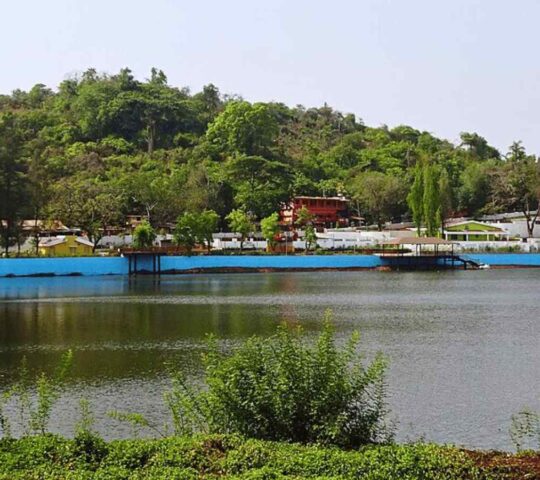Hightlight
-
 Car parking
Car parking
-
 Non smoking
Non smoking
Adil Shah’s Palace, also known as the Gateway of the Palace of Yusuf Adil Shah, is a historical landmark situated near the Mandovi River waterfront in Goa. This once-majestic structure was built during the reign of Yusuf Adil Shah, the Sultan of Bijapur, and it stands as a testament to Goa’s rich cultural and architectural history.
Adil Shah’s Palace: Historical Significance and Architecture
Constructed as a symbol of his rule, the palace showcased an exquisite blend of Hindu and Islamic architectural styles, reflecting the cultural influences of the time. It served as the residence for Portuguese governors after Goa’s conquest, continuing its legacy as a center of power. Unfortunately, much of the palace was demolished by 1820, but remnants like basalt pillars and beams still evoke its former grandeur.
A Landmark of the Past
The palace continues to draw history enthusiasts and tourists who want to connect with Goa’s storied past. Its location near Panaji offers visitors a chance to enjoy the nearby riverfront while reflecting on the vibrant history encapsulated in the ruins.
The site is easily accessible and can be explored during a casual walk along the Mandovi River. While there is no formal museum setup, the ruins themselves narrate a tale of Goa’s cultural and colonial transitions. Pairing a visit with other nearby attractions in Panaji makes for a fulfilling day of exploration.
Adil Shah’s Palace is not just a historical site; it’s a gateway to understanding Goa’s layered past, from the Bijapur Sultanate to the Portuguese era. Visiting it offers a deeper appreciation of the region’s architectural and cultural transformations.





